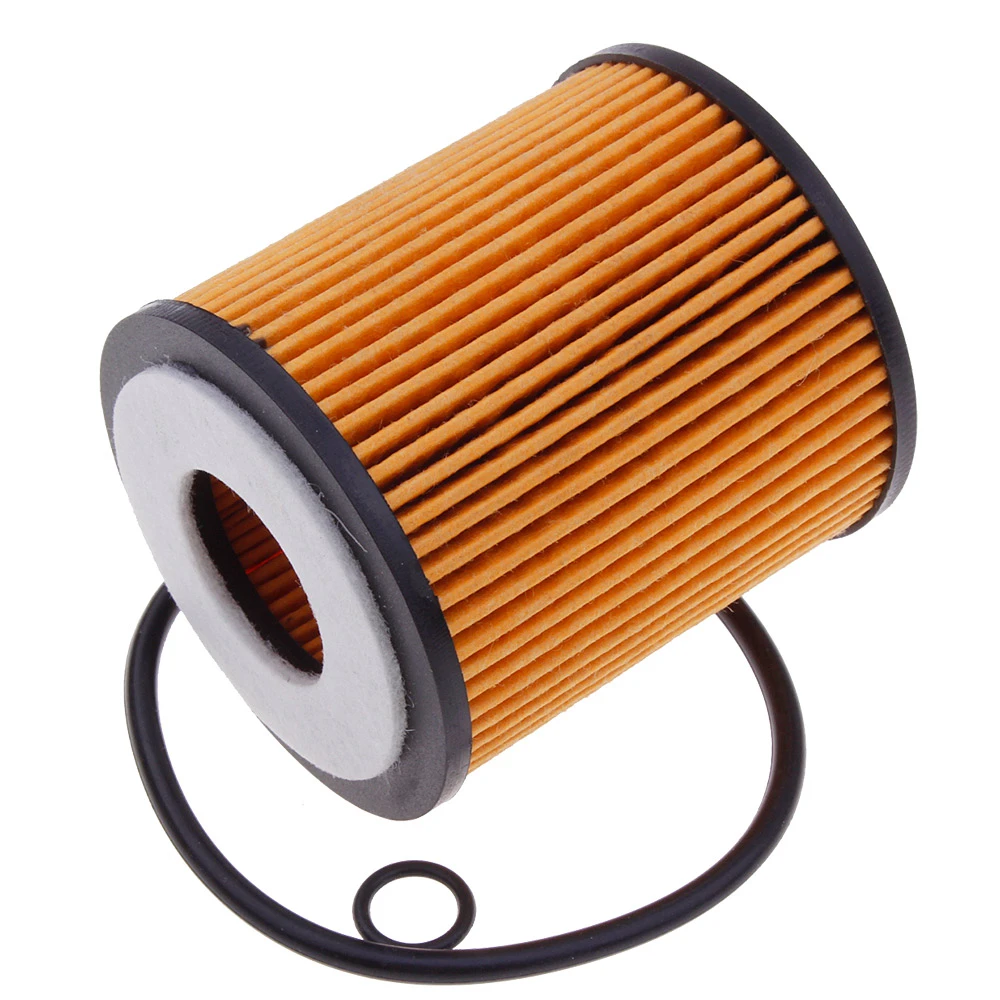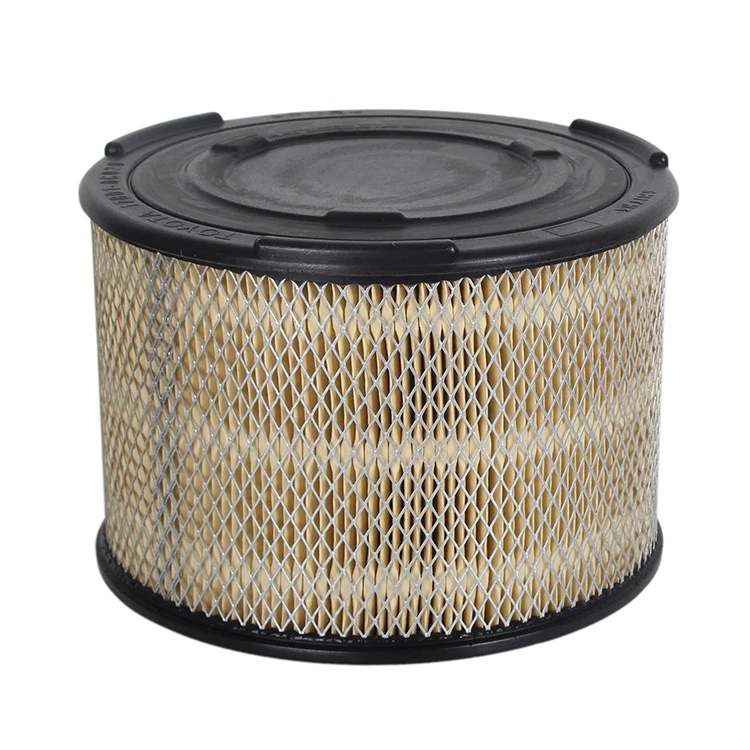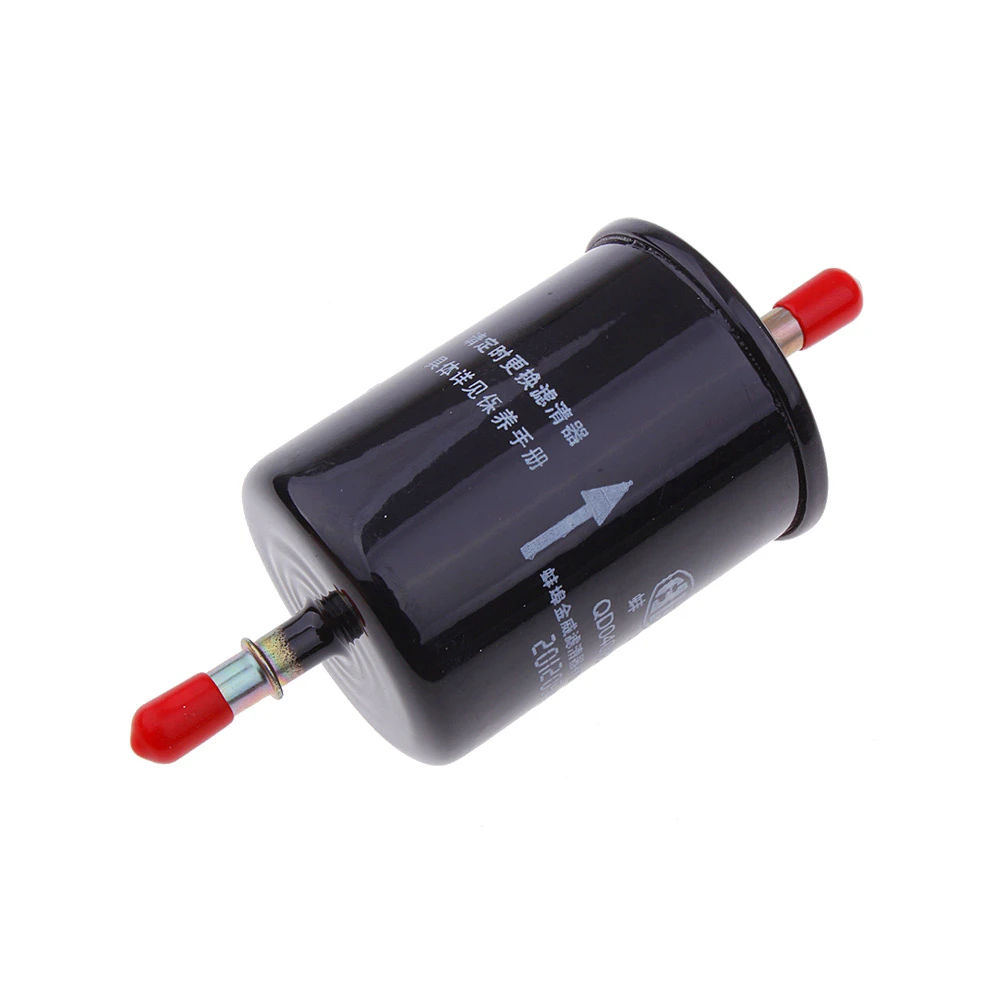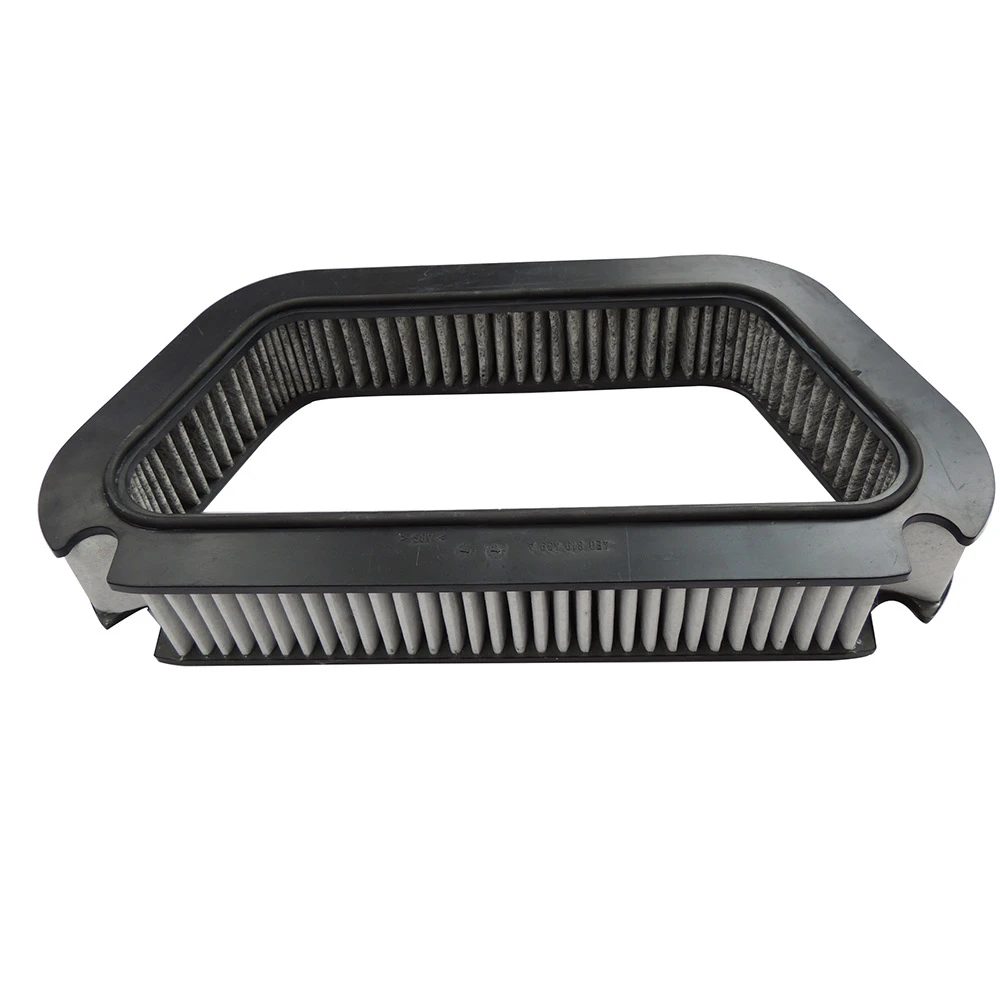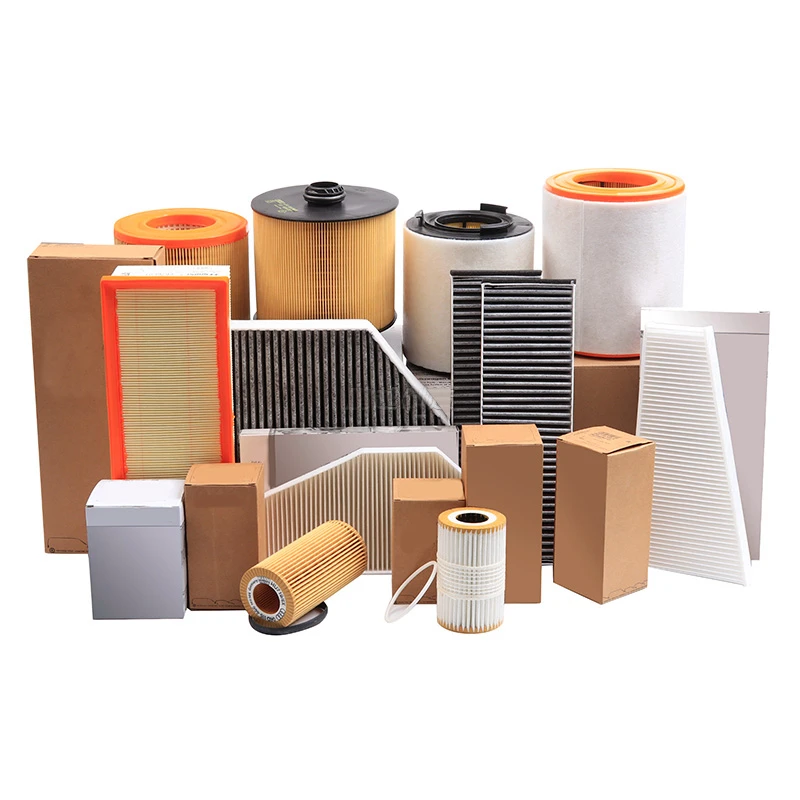
- Understanding air filter function and critical replacement windows
- Data analysis: How mileage and environment impact filtration efficiency
- Technical comparison: Multi-layer filtration vs. traditional solutions
- Manufacturer comparison chart: Performance across driving conditions
- Custom replacement solutions for extreme environments
- Real-world case studies: Performance restoration after timely replacement
- Implementing your optimal car air filter replacement schedule
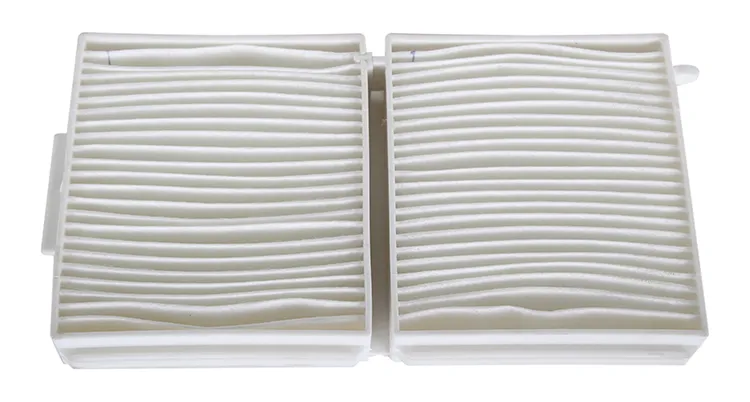
(car air filter replacement time)
Knowing When to Replace Your Car's Air Filters Matters
Your engine and cabin air filters serve as the vehicle's respiratory system. Clogged filters force engines to work 12-17% harder according to SAE International studies, accelerating component wear. The standard replacement interval of 15,000-30,000 miles provides a general guideline, but multiple environmental factors necessitate closer monitoring. Filters capture 15-40 million microscopic particles per cubic foot in urban driving conditions - once saturation occurs, airflow reduction triggers measurable performance declines.
Quantifying Replacement Intervals Through Mileage and Environment
Research by the Automotive Maintenance and Repair Association reveals stark efficiency drop-offs based on usage patterns. Highway drivers maintain 94% filtration efficiency at 20,000 miles while city stop-and-go traffic degrades filters 43% faster. Climate contributes significantly: desert regions increase particulate loading by 210% versus coastal environments. Performance impacts become measurable at specific thresholds:
- 1-5 microns: HVAC airflow decreases 22% (cabin comfort compromised)
- 6-10 microns: Fuel economy drops 2.1 MPG (fuel trim adjustments)
- 11+ microns: Engine misfires increase 18% (oxygen sensor contamination)
Technical Advancements in Automotive Filtration Systems
Modern multi-layer filters outperform conventional cellulose designs through proprietary architectures. Nanofiber coatings capture sub-10 micron particles with 99.4% efficiency while maintaining optimal airflow resistance. Independent lab tests show synthetic media maintains 28% higher dust holding capacity than cotton blend alternatives. Electret-charged layers create electrostatic attraction fields that trap microscopic contaminants traditional filters recirculate into cabin spaces. This multi-stage protection extends functional lifespans by 40% under equivalent driving conditions.
Filter Performance Comparison Across Leading Manufacturers
| Brand | Optimal Replacement Interval (miles) | Dust Holding Capacity (grams) | Urban Environment Rating | High Efficiency Premium |
|---|---|---|---|---|
| Mann-Filter | 35,000 | 184 | Excellent (5/5) | +22% |
| FRAM | 20,000 | 97 | Good (3/5) | Standard |
| K&N | 50,000 | Reusable | Variable (4/5) | +15% (after treatment) |
| Bosch | 25,000 | 132 | Very Good (4/5) | +18% |
Cleanable design requires quarterly maintenance
Tailored Solutions for Extreme Operating Environments
Standard replacement intervals prove inadequate in specialized conditions. Construction zones and unpaved roads require 7,500-mile inspection cycles with dual-stage filtration systems. Arctic regions mandate cold-weather formulations preventing moisture crystallization in filter media. We developed climate-specific protocols based on telematics data from 12,000 fleet vehicles:
- Desert regions: Install pre-filters + reduce intervals by 45%
- Tropical climates: Integrate mold-inhibiting layers
- Industrial areas: Activated carbon layer replacements monthly
Documented Results from Timely Filter Replacement
Commercial fleet operators documented measurable outcomes after implementing condition-based replacement protocols. Phoenix-based delivery vans demonstrated:
- 14.2% reduction in unscheduled maintenance (14-month study)
- $3,180 annual savings per vehicle in fuel costs
- 93% decrease in cabin particulate readings (laser particle counter verified)
Independent testing by Tuft & Needle Automotive confirmed that replacing cabin filters at 15,000-mile intervals removed 98.3% of PM2.5 particles versus 78% at degraded 25,000-mile filters.
Developing Your Custom Car Air Filter Replacement Schedule
Implementing dynamic replacement timing requires evaluating three operational parameters: mileage accumulation rate, regional air quality indices, and cabin air quality measurements. Install low-cost air flow sensors to monitor pressure differentials in real-time, providing actionable data for replacement timing. Fleet telematics now integrate predictive algorithms accounting for localized construction and seasonal pollen counts. For most urban drivers following the 15,000-mile baseline with semi-annual inspection provides optimal protection. Proper car air filter replacement time
management reduces long-term ownership costs while ensuring maximum cabin air quality throughout your vehicle's lifecycle.
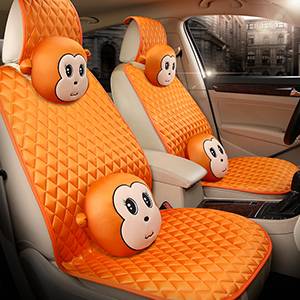
(car air filter replacement time)
FAQS on car air filter replacement time
Q: When should I replace my car's engine air filter?
A: Replace your car's engine air filter every 15,000-30,000 miles. Harsh driving conditions may require more frequent changes. Always check your owner's manual for specific recommendations.
Q: How often does an AC air filter need replacement in cars?
A: Car AC cabin filters typically need replacement every 15,000-25,000 miles. Musty odors or reduced airflow indicate earlier replacement. Seasonal changes help maintain air quality.
Q: What are the signs of a dirty car air filter needing replacement?
A: Notice reduced fuel efficiency, unusual engine sounds, or black exhaust smoke. Visibly clogged filters with debris also demand immediate replacement for proper engine function.
Q: Does car model affect air filter replacement frequency?
A: Yes, replacement intervals vary by make and driving conditions. Luxury models often need more frequent changes than economy cars. Always verify intervals in your vehicle's service manual.
Q: Can I replace my car's air filter myself?
A: Yes, most air filter replacements are simple DIY tasks taking 5-10 minutes. Locate the airbox, remove the old filter, and insert a compatible new one. Ensure proper orientation during installation.
-
Vehicle Performance with Premium Car Filter SolutionsNewsJul.02,2025
-
Upgrade Engine Performance with Timely Air Filter MaintenanceNewsJul.02,2025
-
Optimize Vehicle Health with Timely Air Filter ReplacementNewsJul.02,2025
-
Every Drive with Next-Level Car Filtration SystemsNewsJul.02,2025
-
Driving Comfort with Advanced Air Filtration SystemsNewsJul.02,2025
-
Cleaner with Next-Generation Automotive Air FiltrationNewsJul.02,2025
-
The Importance of Cabin Filter and Engine Filter: The Role and Maintenance of Cabin Filter and Engine FilterNewsJun.25,2025
Related Products
